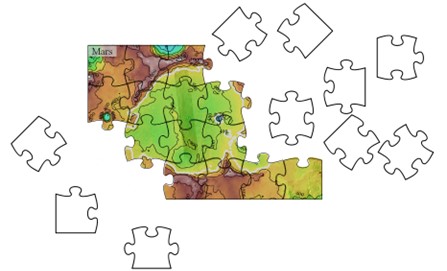 HKU Department of Earth Science
HKU Department of Earth Science
Seminar

Characteristics of Martian Paleolakes seen through the Eyes of HRSC & MOLA (DEM), THEMIS Thermal Inertia and CRISM MRDR v.4
-
Date
January 31,2023
-
Time
3:30PM - 4:00PM
-
Venue
JL104
-
Speaker
Mrs. Nadia Desiree BOPPART Department of Earth Sciences, HKU
Paleolakes are among the most valuable recorders of climate dynamics, atmospheric conditions, geologic influences, and biological activity (at least on our planet). On Mars, perhaps the best-known paleolake sites include Jezero Crater and Gale Crater where NASA has landed rovers. Despite their fame, they are only two of more than 800 known possible paleolake sites on Mars. Remote sensing data now allow us to study each of them in more detail using specialized survey instruments such as HRSC & MOLA (DEM), THEMIS and CRISM. However, in the past, little research has been done on all Martian paleolakes comprehensively. Therefore, we are looking at all of these paleolakes to reveal their similarities and differences, both in global and regional aspects. Like a jigsaw puzzle, more and more puzzle pieces can be successfully put together to finally get the big picture of all Martian paleolakes and gain access to their records dating back 3.4 to 3.7 billion years.
Additional information: Mrs. Nadia BOPPART, nboppart@connect.hku.hk
